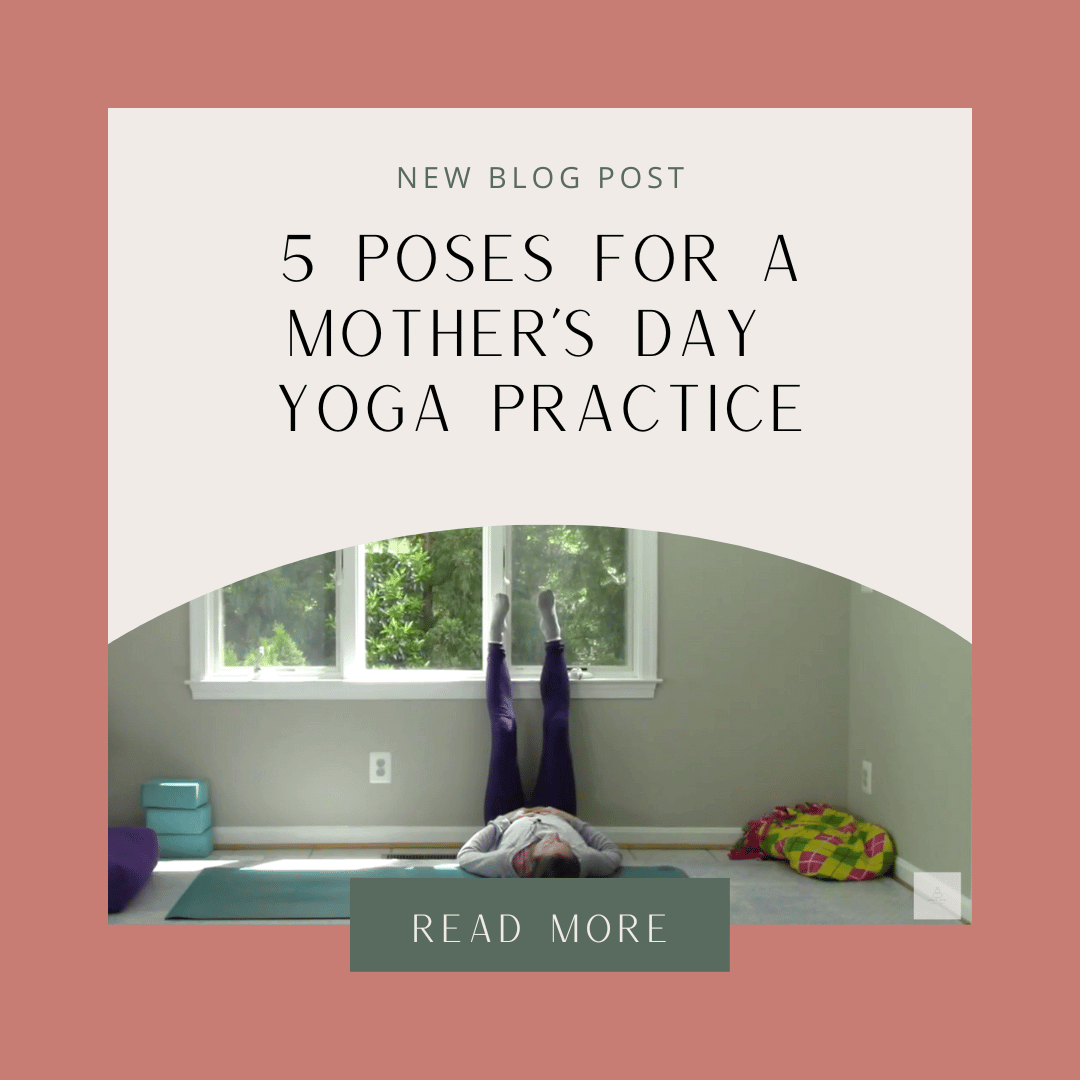Last week in my yoga classes I was teaching about the importance of setting intention. The second sutra in the Yoga Sutras talks about developing one-pointed focus in order to direct the mind. One way to focus the mind in an asana practice is to set an intention at the beginning of class.
Many instructors offer this as a tool at the beginning of class, often along with a poem, a quote, a story, or a suggestion for what your intention might be. But no one ever really talks about what an intention actually is.
At the end of one of my classes, an astute student, somewhat sheepishly, asked me to help him understand more what an intention really is and the purpose it holds in a yoga class. It was a brave and fabulous question to ask and made me realize I have some explaining to do 🙂
The purpose of intention
Considering we’re still in January and this is a month where the word intention gets thrown around a lot now is as good a time as any to revisit the purpose of setting intentions. Back in 2015 I ran a 21-day healthy habit building challenge that talked about the importance of setting intentions. It’s a great introductory post to setting intentions, but now I’m going to dive a little deeper.
An intention keeps you in the present moment or can guide you back to the present moment. Remember, intentions are not goals. You can achieve a goal. Intentions are embodied and integrated in all the layers of your Self. Intentions can be adapted because it’s not about the outcome but how you show up in your action.
How to set an intention
The first step toward setting an intention is to get quiet and still. Take a deep breath, do some simple movements to release stored energy in the body and take a moment to listen deeply to what your body, mind, and senses are trying to tell you.
Ask yourself what you most need. Watch to see if an answer seems to spontaneously appear without you having to analyze too much.
If nothing comes, ask yourself why you showed up on your yoga mat in the first place. Is there something you’ve been searching for?
Try to boil your intention down to one word or one short phrase that is easily rememberable. Peace, Love, Quiet, Truth, Breath, Strength, etc. are all great examples. Feeling words tend to be easier for the mind to comprehend.
How to use your intentions throughout class
When you are setting an intention at the beginning of an asana class, you are choosing to focus on a particular way of being. If you find yourself feeling other then how you wish to be, then your intention can help you customize a yoga posture to fit your needs.
It’s common to set an intention at the beginning of class and then not even remember what it was by the end. If this is the case, the intention is probably not that meaningful to you.
Throughout class, during every posture, every breath, every transition, you can ask yourself if you are embodying your word or phrase.
This is the part that tricked up my student. He was trying to reconcile setting an intention for say, peace, and then trying to push himself into and through difficult postures. My suggestion was to customize the posture so that it helped him achieve more peace, but that way of thinking was almost foreign to him.
It’s more common to hear encouragement to “push to your edge,” “take one more breath,” or “do XYZ so that you don’t tear your muscles, ligaments, tendons,” etc. While that language does have it’s place in certain circumstances, the beauty of a group yoga class is that everyone can be doing the same physical posture but with a different intention. If one person’s intention is strength, their individual expression will be very different from the person who’s intention is peace. And that is okay! This is how intention guides your personal practice. This is how you know when it’s okay to go a little further and when it’s time to back off.
A word on Sankalpa
There is a Sanskrit word called Sankalpa that often gets translated as intention. If you set an intention at the beginning of every class and that intention naturally adapts to your changing needs, Sankalpa is a larger intention you wish to live your life by. Peace and love and strength are all good and well, but on any given day you might not want to always feel strong. Every once in a while we need to feel supported too.
Setting a Sankalpa is an exercise in understanding your deepest values and desires. It is a vow that you are determined to keep not because you are trying to change something about yourself but because we need to be reminded every once in a while about our deepest held beliefs and desires and the importance of aligning with them.
A Sankalpa is often more then one word or phrase, but a short sentence — a declaration. Our Sankalpa is beyond the ego and mind. It comes from the heart.
Sankalpa’s can change over time too. The lifespan of a Sankalpa is more on the scale of months and years instead of weeks and days like an intention.
As you practice setting intentions, notice if any patterns arise. Are there intentions that keep popping up over and over again? If so, consider spending some time reflecting on your beliefs and desires and crafting a Sankalpa that you can take with you into every practice. It is possible to have both a Sankalpa, a mantra of sorts, and an intention that changes day-to-day.
Good luck setting your intentions! Remember, it’s a yoga practice not a yoga perfect 🙂
Namaste!





